AMSOIL products were promoting sustainability and making vehicles more environmentally friendly long before it became fashionable. And the company’s environmental management system extends well beyond its products.
Leading the pack
In 1968, AMSOIL founder Al Amatuzio began commercially selling synthetic motor oil recommended for 25,000-mile (40,000-km)/one-year drain intervals. It struck the first sustainability blow against the incredibly wasteful industry-recommended practice of changing oil every 3,000 miles (4,800 km)/three months.
Today, many lubricant manufacturers have followed the AMSOIL lead by introducing their own extended-drain motor oils. Even original equipment manufacturers (OEMs) now recommend drain intervals of up to 15,000 miles (24,000 km), and longer if using electronic oil life monitoring systems.
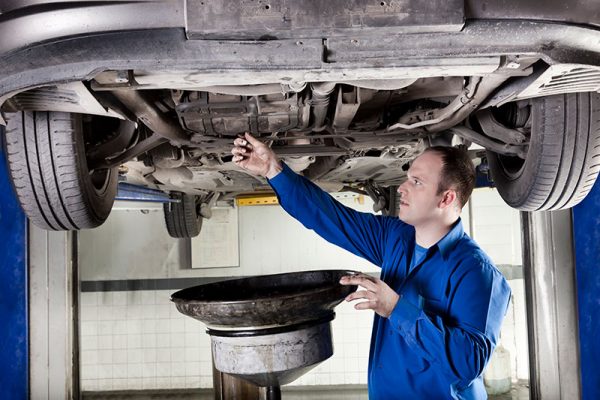
Sustainability improvements
Industry testing proves that AMSOIL synthetic lubricants are better for the environment in three key areas.
- Extended drain intervals prevent millions of gallons of waste oil from entering the recycling stream and the environment every year.
- AMSOIL synthetic lubricants are less volatile, reducing air pollution from exhaust emissions.
- AMSOIL synthetic lubricants and fuel additives increase fuel economy.
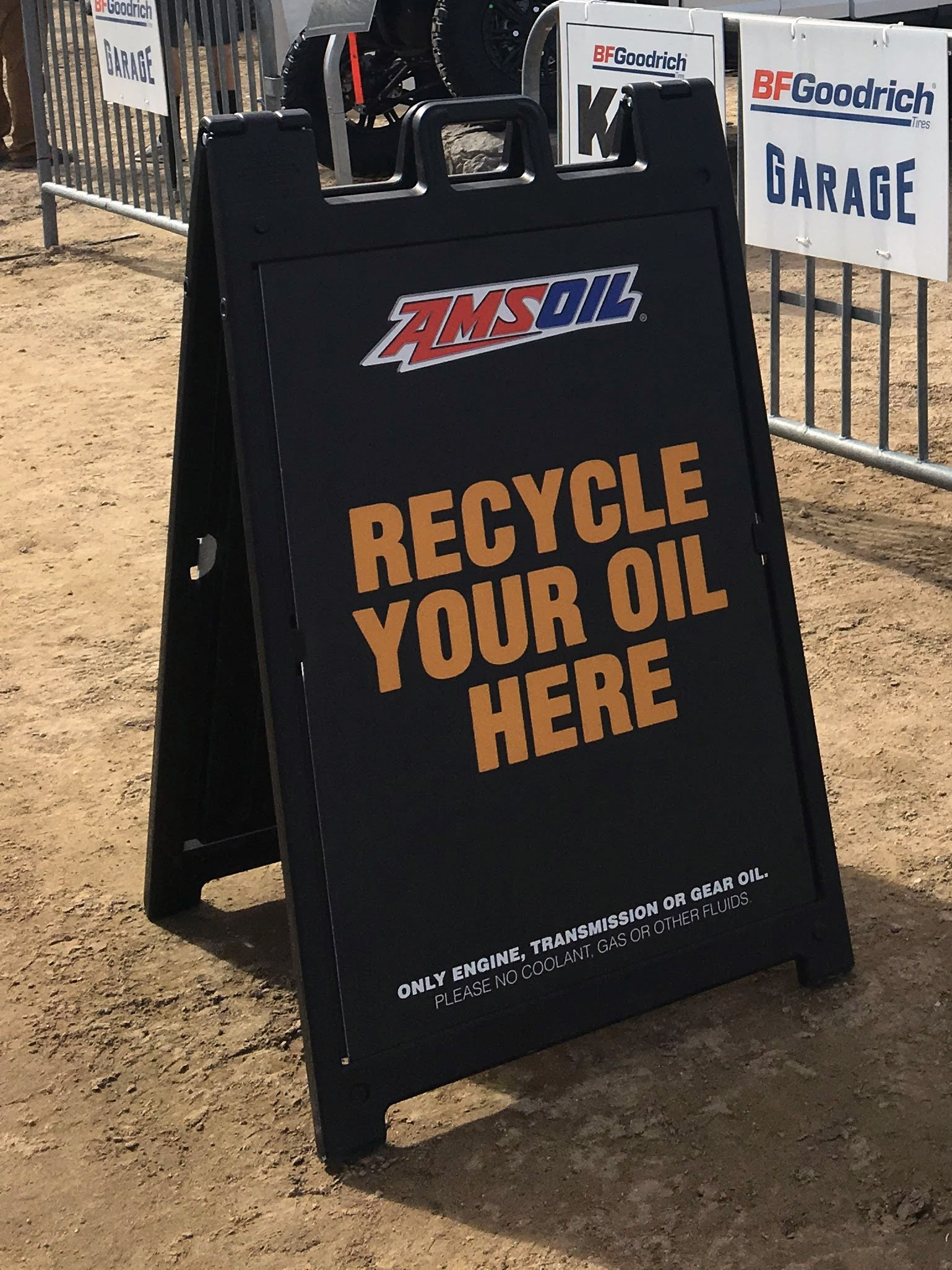
Environmental stewardship
AMSOIL is registered to the ISO 14001 Environmental Management System (EMS) standard, meaning that third-party registration body NSF has recognized AMSOIL for its commitment to sustainability throughout all aspects of its business.
ISO 14001 sets criteria a company must follow for an effective environmental management system. Becoming registered to the ISO 14001 standard provides assurance to AMSOIL customers that AMSOIL takes environmental stewardship seriously and has implemented processes that reduce environmental impact.
A core philosophy
The AMSOIL environmental philosophy extends far beyond its products and into all aspects of the company’s day-to-day operations, including its management process and facilities.
AMSOIL obtains much of its packaging materials from responsible sources. Plastic containers are made of post-consumer resins, while cardboard boxes used for packing derive from companies operating under the Sustainable Forestry Initiative (SFI), whose practices benefit the environment and dramatically reduce waste.
Reduce, reuse, recycle
AMSOIL also has a rigorous recycling program throughout its facilities, recycling the vast majority of materials, including:
- Corrugated liner board (cardboard)
- Used drums
- Pallets
- Clean plastic bottles
- Soiled HDPE plastic bottles
- Office & glossy paper
- Aluminum & glass
- Computer equipment
- Batteries, light bulbs, oil filters & more
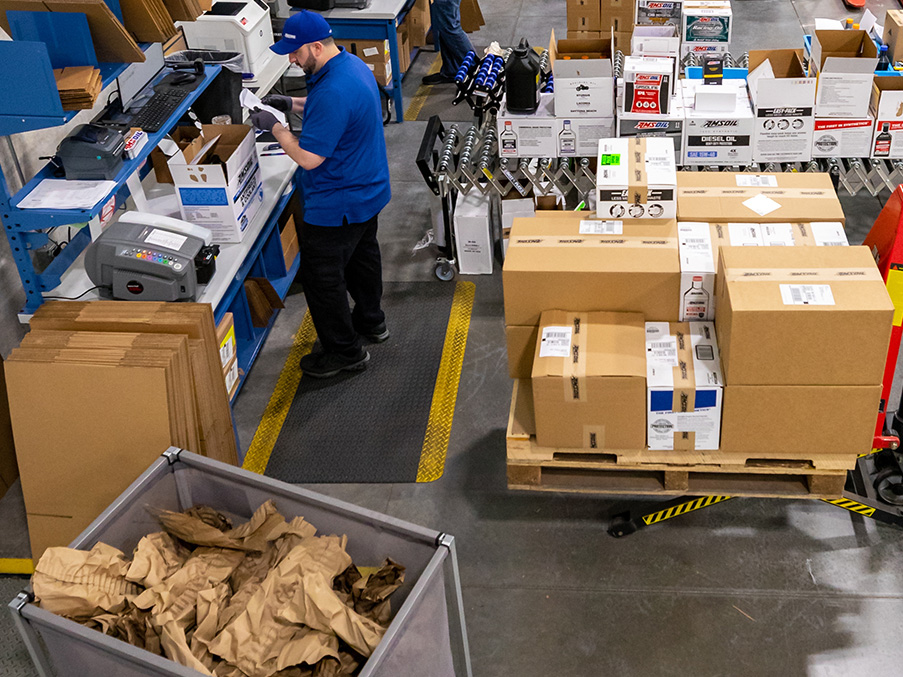
AMSOIL products are also packaged in recycled cardboard, which provides significant environmental savings:
- 2,400 less tons of wood consumed
- 435 fewer acres of forest disturbed
- 7,500 million BTUs energy not consumed
- 7,480,000 pounds equivalent CO2 not emitted
- 3.3 million less gallons of water consumed
- 25,000 pounds of solid waste not generated
Estimated annual environmental savings include the average recycled content of corrugated containers supplied to AMSOIL.
Our facilities
Other examples of environmental stewardship include using residual production oil to heat the AMSOIL Distribution Center, reducing energy costs. The AMSOIL Distribution Center also features a high-efficiency roof and state-of-the-art heating and cooling systems that further reduce energy use. AMSOIL even converted a large section of asphalt parking lot at the AMSOIL Distribution Center to green space.
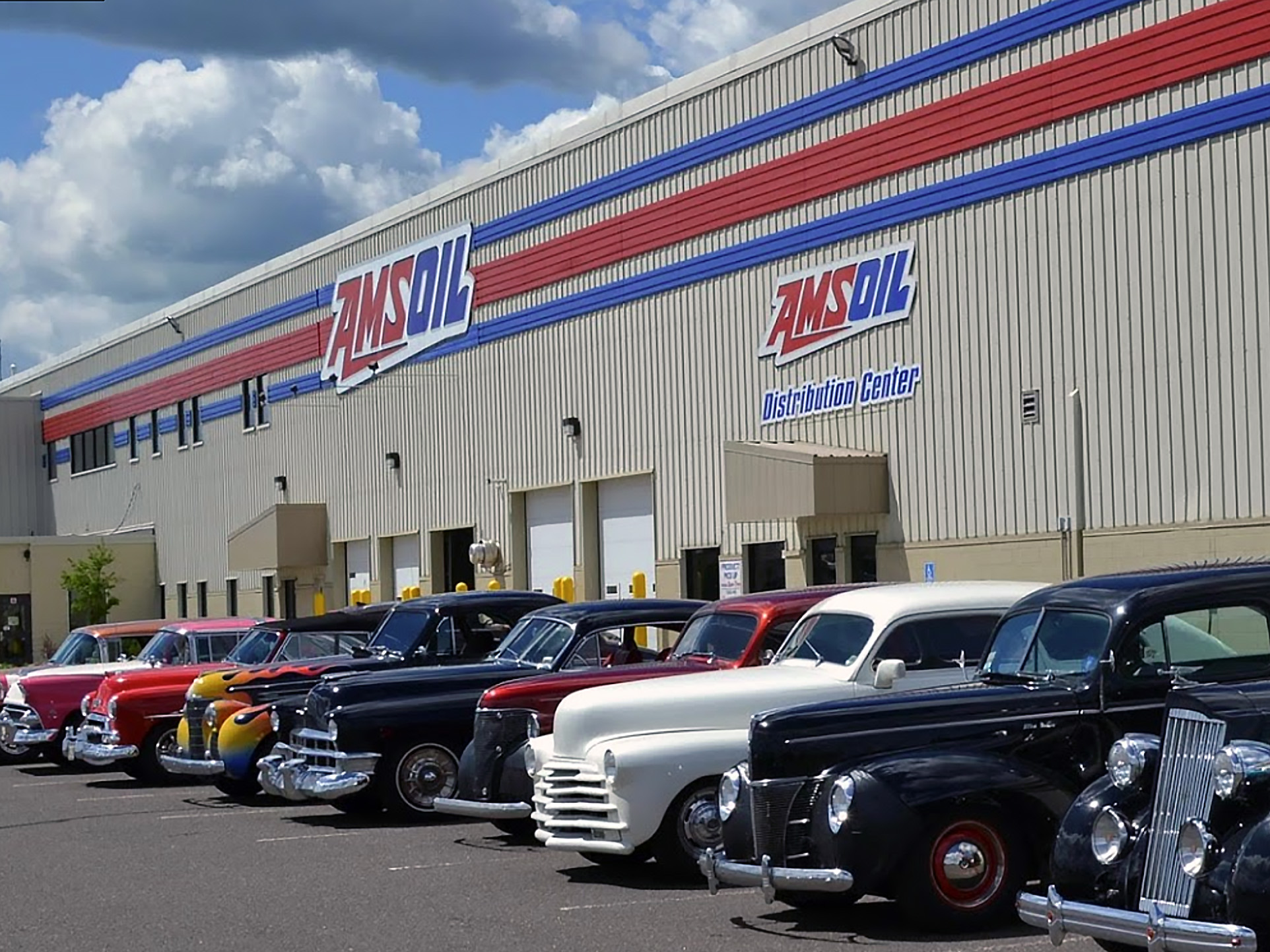
AMSOIL has always recognized that doing what’s right for the environment not only makes ecological sense, but it is also a best business practice. It’s one of the company’s founding principles and will remain so well into the future.
Using AMSOIL products shows that you also understand and support the philosophy of environmental sustainability throughout the entire product lifecycle.
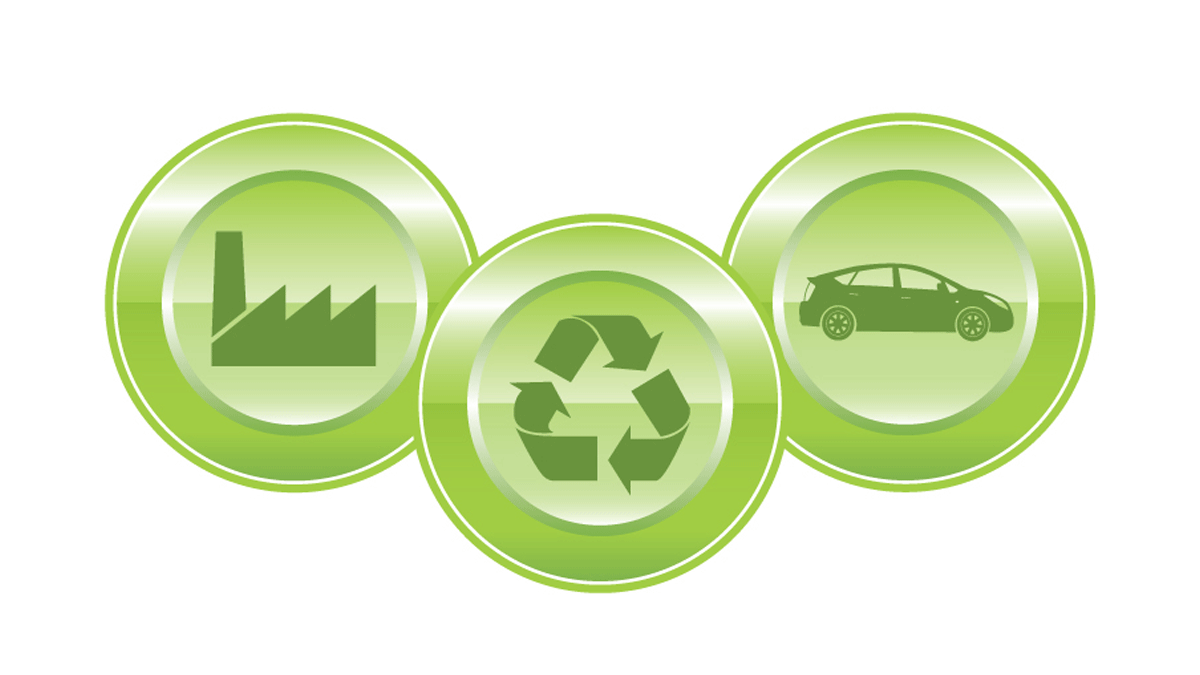

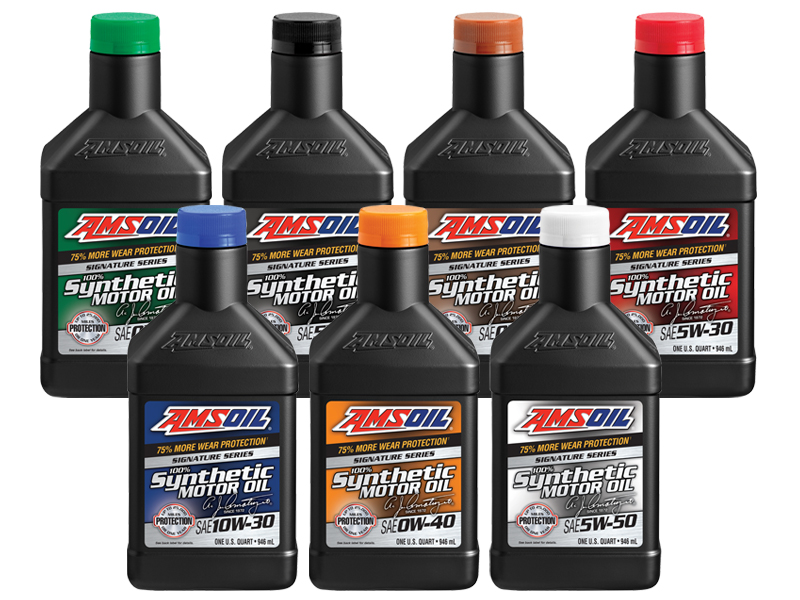

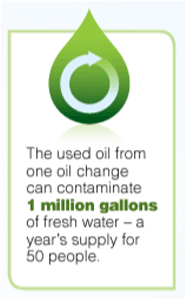
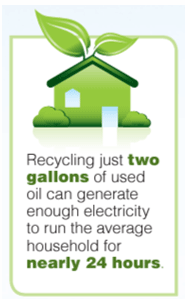
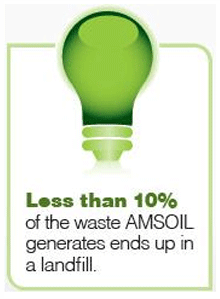
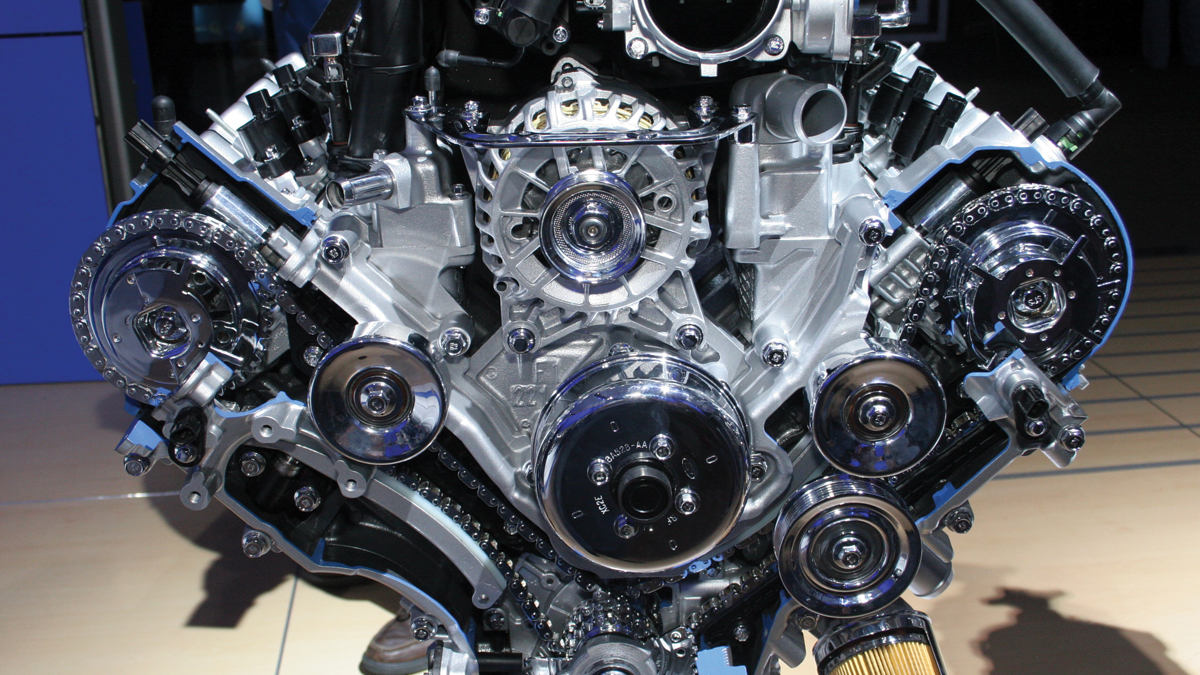

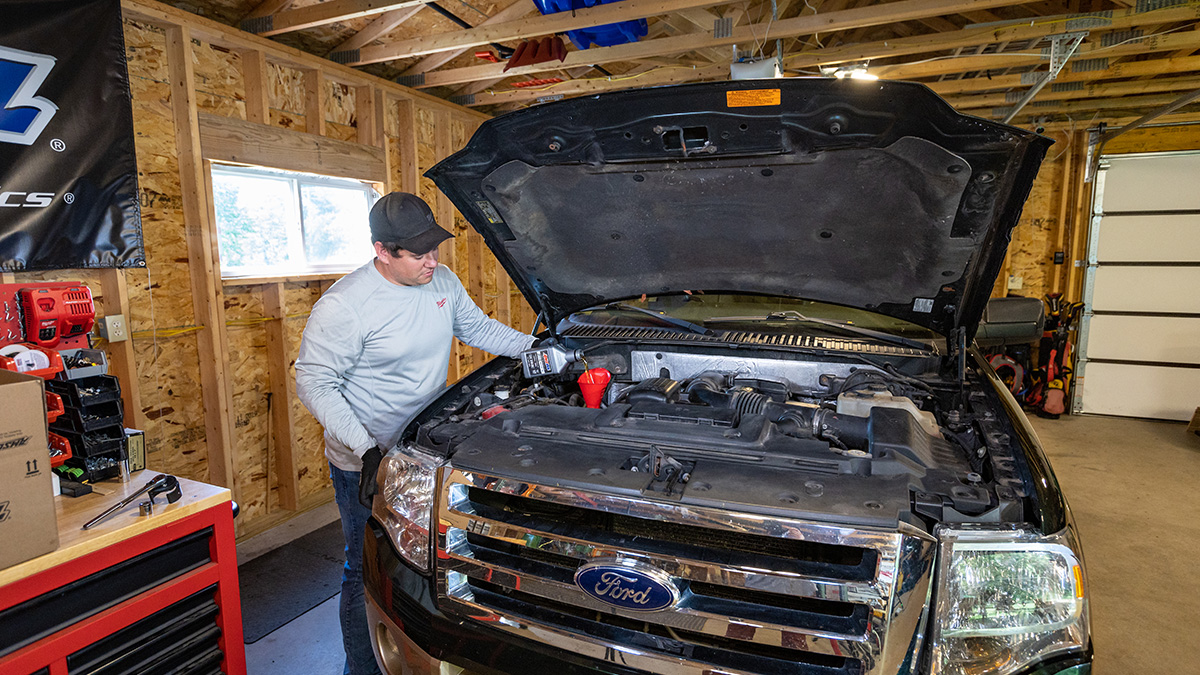
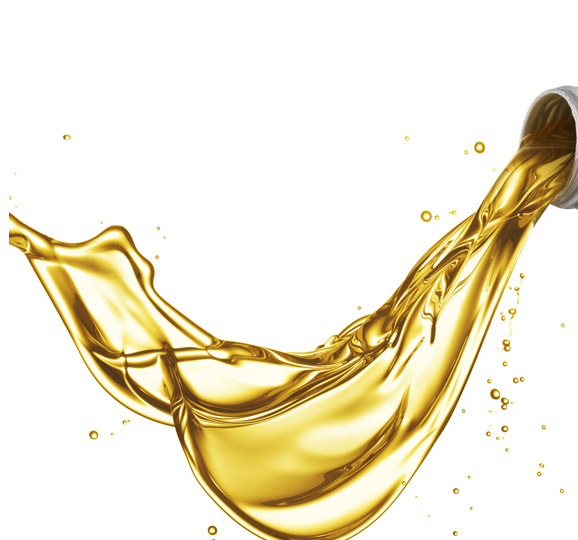
Comments
AMSOIL Technical Writer and 20-year veteran of the motorcycle industry. Enjoys tearing things apart to figure out how they work. If it can’t be repaired, it’s not worth owning.
Share: